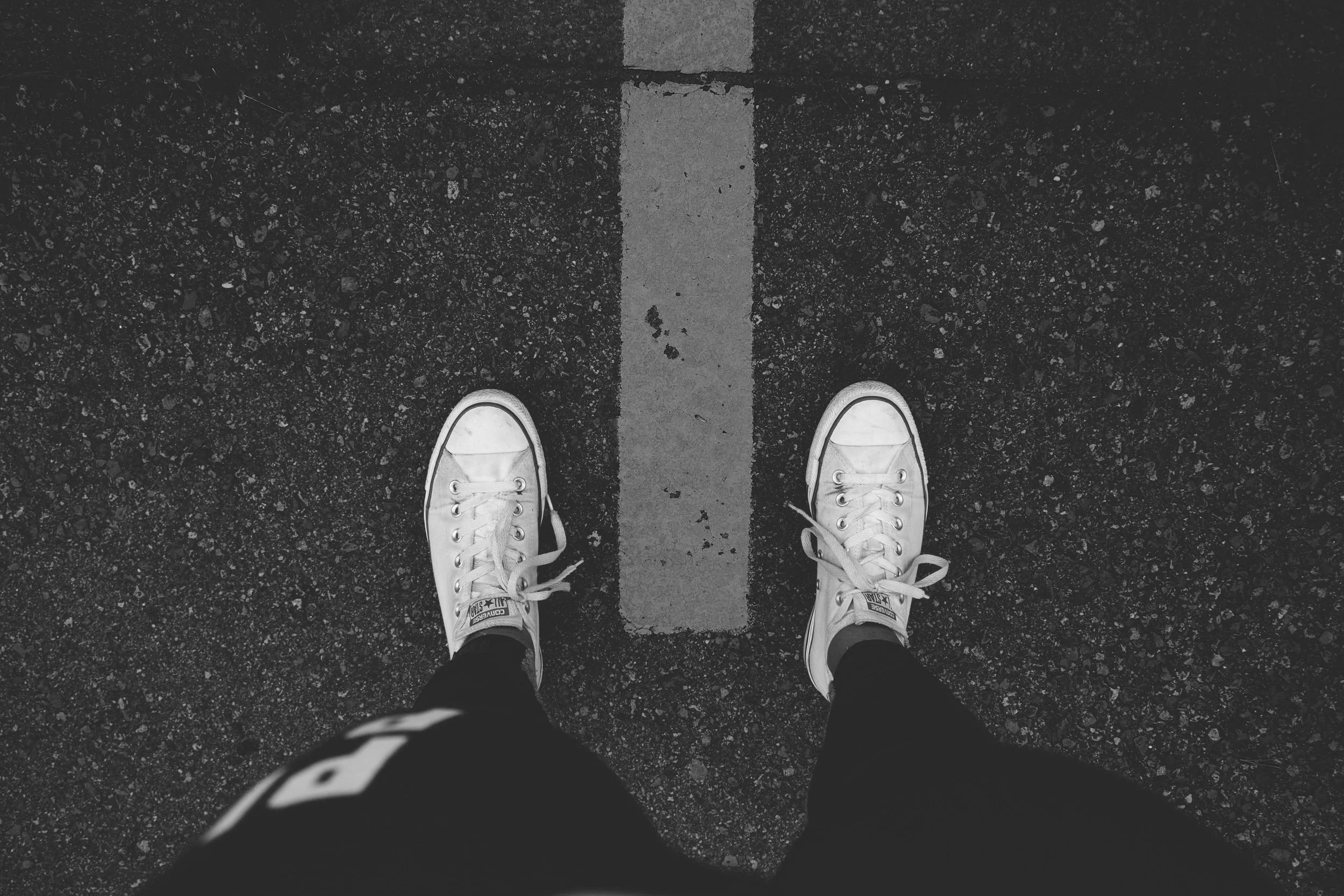Understanding Implicit Bias
Understanding implicit bias, a universal experience shaping our worldview, is crucial for promoting fairness and equity in society. These biases, which can be neutral, positive, or negative, subtly influence our perceptions and actions. As the National Community Action Partnership explains, implicit bias refers to unconscious attitudes or stereotypes that impact our decision-making and understanding in daily interactions. It's essential to acknowledge the unconscious nature of these biases, especially when striving to be intentional in our social, economic, or racial beliefs. Recognizing and addressing our unconscious biases is a key step towards cultivating inclusive behaviors and reducing societal prejudices.
Tne Influence of Unconscious Bias
Many processes in our brains, including the formation of implicit biases, occur beyond our conscious awareness. These biases often manifest as negative assumptions about certain groups, which significantly affect how we interact, make decisions, and behave. Such unconscious biases in decision-making can inadvertently limit our world perspective, narrowing the diversity of our experiences and interactions. By understanding and addressing these deeply ingrained biases, we can actively work towards a more open-minded and inclusive approach in our daily lives, enriching our understanding of the diverse world around us.
Roots of Implicit Bias
Research from the Kirwan Institute for the Study of Race and Ethnicity at Ohio State University highlights a key aspect of implicit bias: often, our assumptions are based on inaccurate or incomplete information. This leads to a reliance on associative memory to bridge these informational gaps.
Understanding the origins of implicit biases is crucial. The Kirwan Institute emphasizes that these biases are often internalized from a young age, with childhood experiences playing a significant role in their development. Similar to the impact of traumatic experiences, these early associations can shape our worldview. However, with intentional efforts to understand and confront these ingrained biases, we can develop a more accurate and inclusive perspective of the world.
Examples of Implicit Bias
Exploring real-world examples provides insight into how implicit bias shapes our perspectives, often stemming from unconscious beliefs. Consider these scenarios:
Childhood exposure to only white doctors may lead to an unconscious bias, ingraining the assumption that all doctors are white. This reflects the broader issue of racial representation in professional roles.
Believing success is exclusively linked to corporate careers, based on societal messaging, can narrow our understanding of professional success and undervalue diverse career paths.
Media portrayal of thin individuals as the standard of health can embed a subconscious bias, equating thinness with health, overlooking the wide spectrum of healthy body types.
Growing up in a religious household might create an implicit assumption about family structures, picturing a traditional family as a mother, father, and two children, which doesn't account for the diversity of family units.
Many of you may find a connection with the previously mentioned examples of implicit bias. Recognizing our own biases often evokes feelings of shame and guilt. Yet, this awareness is the first step towards intentional change.
Confronting Personal Bias
Understanding and confronting personal biases is crucial in developing a more inclusive and objective worldview. As stated by the Kirwan Institute for the Study of Race and Ethnicity, an overconfidence in our ability to make unbiased decisions can hinder our progress. It's essential to maintain a healthy skepticism of our inherent biases, which fosters a mindset open to growth and learning about the nuances of implicit bias and its impact.
Strategies for Reducing Bias
In addition to being mindful in our daily interactions, one effective strategy to counter implicit bias involves diversifying our social circle and expanding our understanding of different cultural, racial, and ethnic backgrounds. This could mean engaging in conversations with people from diverse backgrounds at places like the grocery store, or participating in local cultural events to broaden your social experiences. Simple acts like smiling more while walking in your neighborhood can open doors to unexpected and enriching encounters. Embracing such opportunities for diverse interactions is key to breaking down the barriers created by implicit biases and fostering a more inclusive community.
Seeking Support for Unpacking Biases
Unpacking your implicit biases can be difficult because as the definition states, its unconscious. As you increase your own curiosity, ask yourself,
“What are some ways that
I can support myself?”It’s important to remember that cognitive load can increase the likelihood that an activated stereotype can be applied. This might mean that with the stressors of life, you might need additional support to unpack your implicit biases. If you’re interested in having a safe space to do that processing, therapy may be helpful. Space Between Counseling Services has a team of graduate student interns and licensed clinicians who are available to help you unpack these challenging thoughts. If you’re interested in trying therapy, but have found cost to be prohibitive, our graduate student interns are offering both pro bono and low fee sliding scale appointments now for individuals residing in the state of Maryland.
Click the link below to learn more.




